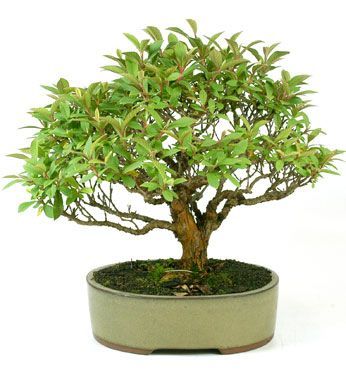Characteristics
It is a tree or small shrub up to 5 meters high. Grayish brown trunk. Opposite leaves of leathery texture, oblong-elliptic and large. Pubescent underside. The most characteristic is its fruit, the “guava”: Spherical, up to 10 cm in diameter; Fleshy, greenish yellow with white to pink flesh; Acid taste.
Location
Needs a lot of light. Full sun. Very sensitive to frost.
Watering
No excess with irrigation. It is necessary to let the surface layer of the substrate dry slightly between two watering, watching in summer that it does not suffer thirst. They prefer light and airy soils. In winter water thinly.
Fertilization
From spring to mid-autumn with organic fertilizer or liquid NUTRIBONSAI from Mistral Bonsai.
Fertilization must be interrupted during extremely hot summer periods.
Re-potting
Every 3 years, in early spring.
Substrate
A mixture of 6 parts of Akadama, with 4 parts of volcanic ground can be used; otherwise, if not available, Mistral Bonsai TERRABONSAI can also be used.
After transplanting it is convenient to water with a solution of VITABONSAI from Mistral Bonsai, to accelerate the recovery of the tree.
Pruning and pinching
Pruning
We can perform pruning in mid-spring, just before the heat starts.
Pinching
We will pinch throughout the growing season to control the shaping of its crown. The appearance of dry branches is relatively frequent, that we will have to eliminate.
Wiring
Its branches are relatively flexible. It is recommended for the shaping of its crown, to combine pruning with wiring.
Curiosities
Fruit very rich in vitamin C and antioxidants. Consumed raw or in jams and com-potes. It also has medicinal uses and is cultivated for its ornamental value.

